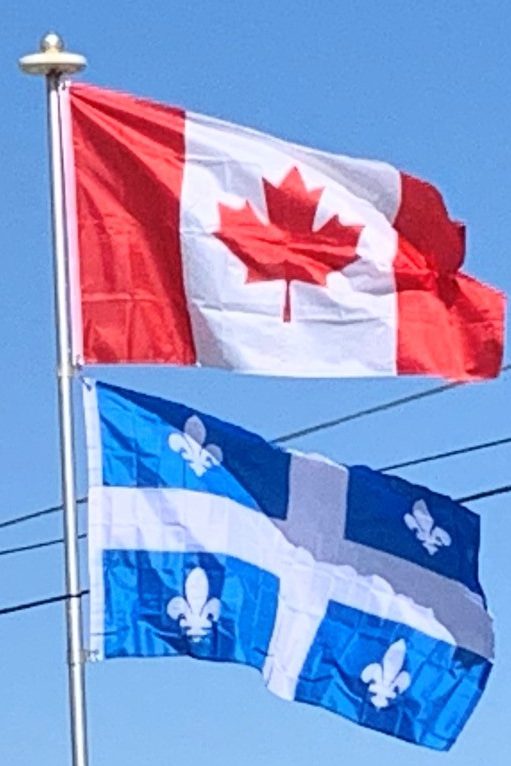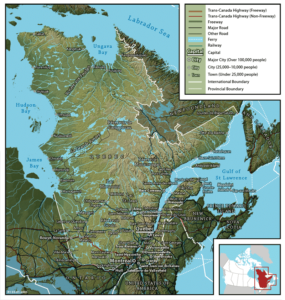
Quebec’s highest point at 1,652 metres is Mont d’Iberville, known in English as Mount Caubvick, located on the border with Newfoundland and Labrador in the northeastern part of the province, in the Torngat Mountains.
History:
Indigenous Peoples and European Exploration:
At the time of first European contact and later colonization, Algonquian, Iroquois and Inuit nations controlled what is now Quebec. Their lifestyles and cultures reflected the land on which they lived. Algonquians organized into seven political entities lived nomadic lives based on hunting, gathering, and fishing in the rugged terrain of the Canadian Shield (James Bay Cree, Innu, Algonquins) and Appalachian Mountains (Mi’kmaq, Abenaki).
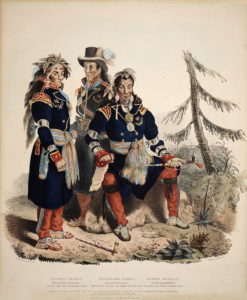
St. Lawrence Iroquoians, a branch of the Iroquois, lived more settled lives, growing corn, beans and squash in the fertile soils of the St. Lawrence Valley. They appear to have been later supplanted by the Mohawk nation. The Inuit continue to fish and hunt whale and seal in the harsh Arctic climate along the coasts of Hudson and Ungava Bay. These people traded fur and food and sometimes warred with each other.
New France:
Around 1522–1523, the Italian navigator Giovanni da Verrazzano persuaded King Francis I of France to commission an expedition to find a western route to Cathay (China). In 1534, Breton explorer Jacques Cartier planted a cross in the Gaspé Peninsula and claimed the land in the name of King Francis I. It was the first province of New France. However, initial French attempts at settling the region met with failure. French fishing fleets, however, continued to sail to the Atlantic coast and into the St. Lawrence River, making alliances with First Nations that would become important once France began to occupy the land.
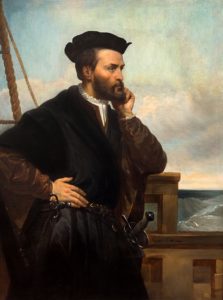
Samuel de Champlain was part of a 1603 expedition from France that traveled into the St. Lawrence River. In 1608, he returned as head of an exploration party and founded Quebec City with the intention of making the area part of the French colonial empire. Champlain’s Habitation de Québec, built as a permanent fur trading outpost, was where he would forge a trading, and ultimately a military alliance, with the Algonquin and Huron nations. First Nations traded their furs for many French goods such as metal objects, guns, alcohol, and clothing.
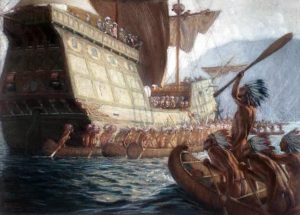
Coureurs des bois, voyageurs and Catholic missionaries used river canoes to explore the interior of the North American continent. They established fur trading forts on the Great Lakes (Étienne Brûlé 1615), Hudson Bay (Radisson and Groseilliers 1659–60), Ohio River and Mississippi River (La Salle 1682), as well as the Saskatchewan River and Missouri River (de la Verendrye 1734–1738).
After 1627, King Louis XIII of France allowed the Company of New France to introduced the seigneurial system and forbade settlement in New France by anyone other than Roman Catholics.
In 1629 there was the surrender of Quebec, without battle, to English privateers led by David Kirke during the Anglo-French War. However, Samuel de Champlain argued that the English seizing of the lands was illegal as the war had already ended; he worked to have the lands returned to France. As part of the ongoing negotiations of their exit from the Anglo-French War, in 1632 the English king Charles agreed to return the lands in exchange for Louis XIII paying his wife’s dowry. These terms were signed into law with the Treaty of Saint-Germain-en-Laye. The lands in Quebec and Acadia were returned to the French Company of One Hundred Associates.
